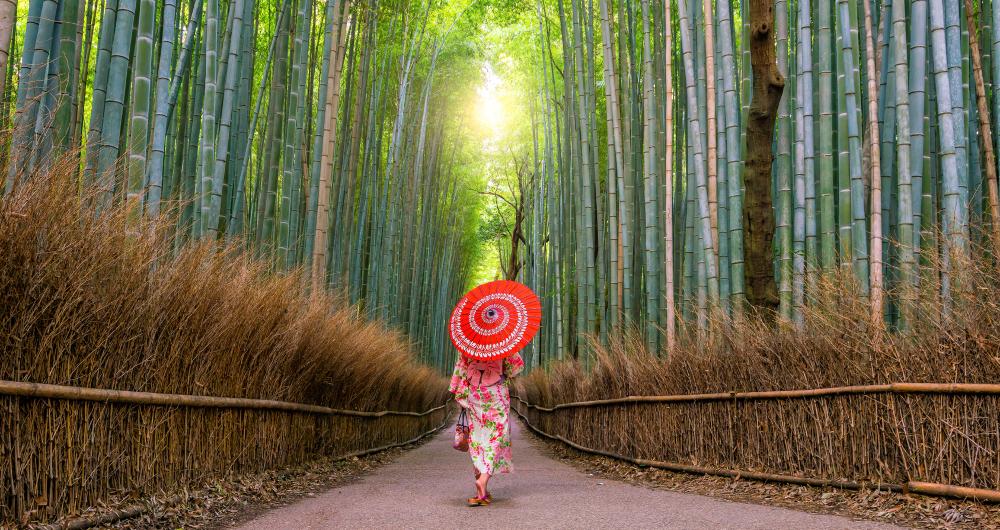In This Article
Need a serene cultural escape filled with temples and tradition? Head to Kyoto, Japan! Once the imperial capital, Kyoto blends centuries of history with breathtaking natural beauty. From cherry blossoms in spring to fiery leaves in autumn, Kyoto invites you to explore its Zen gardens, vibrant geisha districts, and UNESCO World Heritage sites year-round.
When I like to visit
The best time to visit Kyoto is during spring (March–May) and autumn (October–November). These seasons offer mild weather and spectacular scenery—sakura (cherry blossoms) in spring and koyo (fall foliage) in autumn are world-renowned. Summer can be hot and humid, and winter is chilly but peaceful and less crowded.
Tips for getting There
- By Train: Kyoto Station is a major hub, easily accessible via the Tokaido Shinkansen from Tokyo (about 2.5 hours) and Osaka (15 minutes).
- By Air: The nearest airports are Kansai International Airport (KIX) and Osaka Itami Airport (ITM), both about 1.5 hours away by train or shuttle.
- By Bus: Long-distance buses connect Kyoto with major Japanese cities, often at a lower cost than trains.
Where I like to stay
- The Ritz-Carlton Kyoto – Luxury riverside hotel with impeccable service and traditional Japanese design.
- Hotel Gracery Kyoto Sanjo – Stylish and convenient hotel near Nishiki Market and Gion district.
- Gion Hatanaka – Authentic ryokan (traditional inn) experience with tatami rooms and seasonal kaiseki meals.
Top Attractions
1. Wander Through Masterful Landscapes at the Adachi Museum of Art
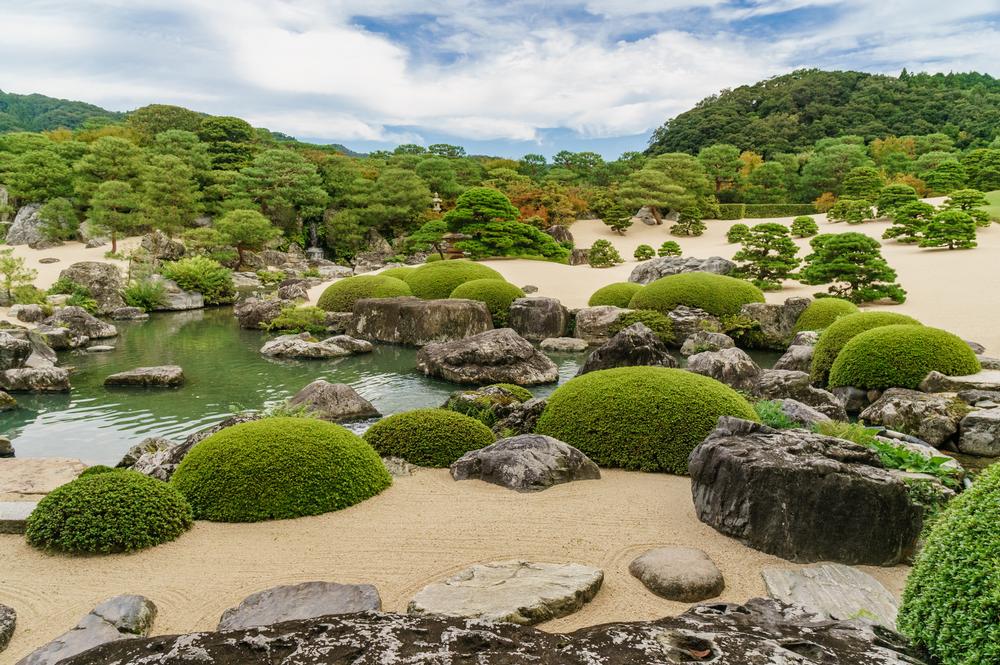
© Courtesy of rollingmaster - Fotolia.com
This award-winning garden combines Japanese art and garden design in a Michelin Green Guide-rated facility outside of Matsue. Founded by a local businessman to further visitors’ knowledge and appreciation of Japanese art, the grounds are home to six gardens that are intended to be viewed from inside the museum as living paintings. The Adachi Museum of Artm itself holds more than 1,500 works of art created by Japanese masters. The museum opens at 9 a.m. daily and closes at 5:00 or 5:30 p.m. depending on the season. Admission is 2300 yen for residents of Japan and half off for foreign visitors.
320 Furukawacho, Yasugi, Shimane Prefecture, Japan, Phone: +81-854-28-71-11
2. Experience Nature and Tradition in the Scenic Arashiyama District
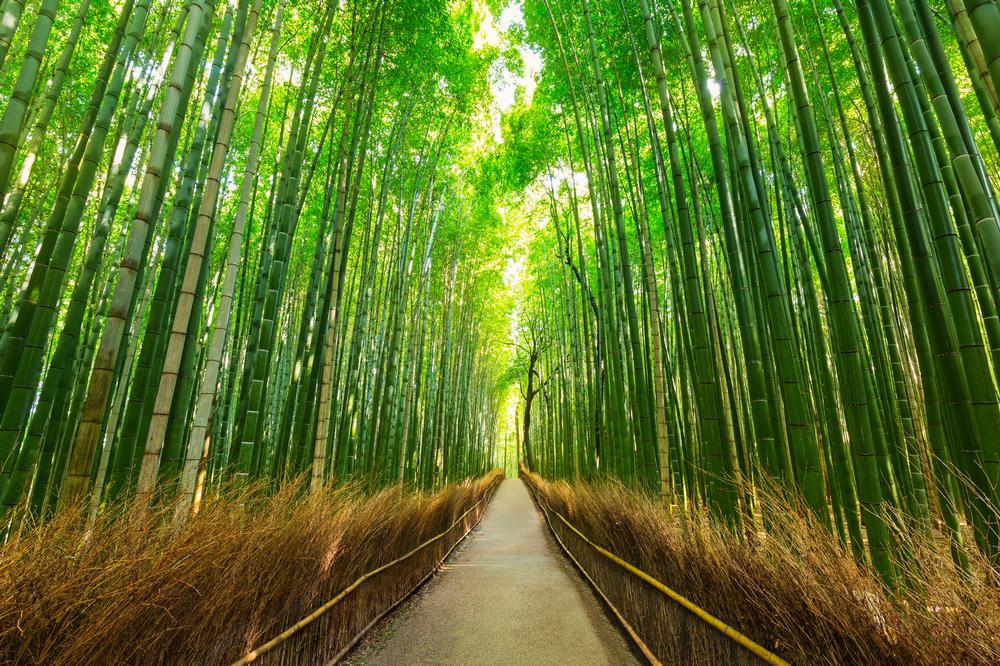
© Courtesy of Patryk Kosmider - Fotolia.com
Arashiyama is a small scenic town best known for its long wooden bridge that crosses the Katsura River. It lies in the hills west of Kyoto and is easily accessible by train. Other popular attractions in Arashiyama include the Tenryu-ji temple and the renowned Bamboo Grove, one of the most photographed places in Japan. In addition to Tenryu-ji, there are many other well-known historical temples like Saihoji Temple, a favorite of Apple founder, Steve Jobs. The best time to visit Arashiyama is in the fall when the leaves are a vibrant mix of green, gold, and red.
Togetsukyo, Saga, Ukyo-ku, Kyoto, Japan, Phone: +81-758-61-03-03
Romantic Activities and Attractions:
3. Step Into the Past at the Elegant Byodo-in Temple
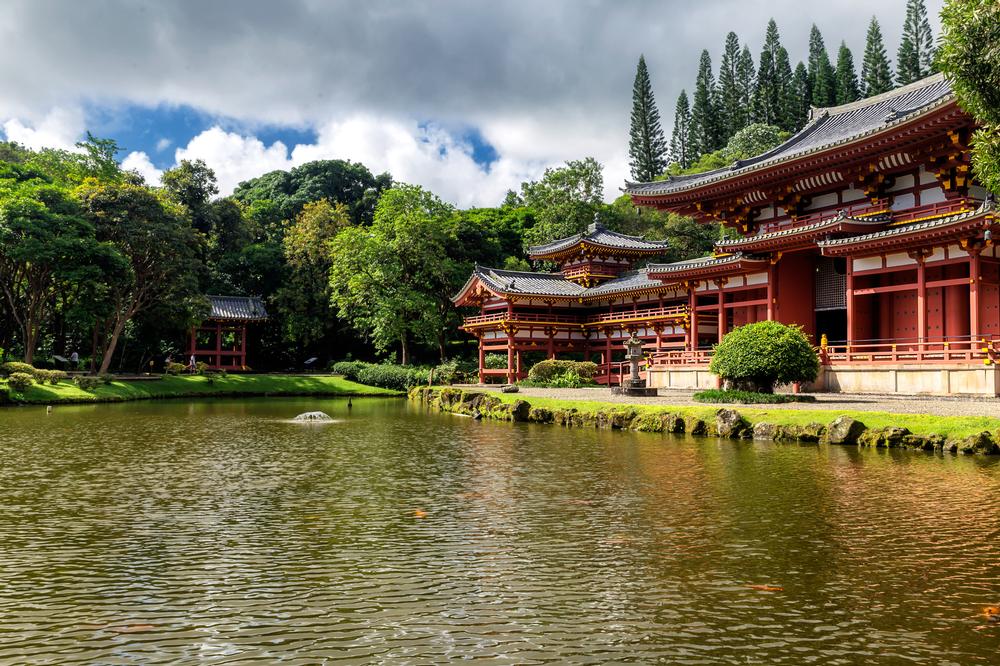
© Courtesy of Dmitrii - Fotolia.com
Byodo-in
is a Buddhist temple in Kyoto Prefecture. A serene pond surrounds the main building, Phoenix Hall, whose name comes from the phoenixes perched on the roof and the building’s resemblance to a bird with its wings extended. The temple’s gardens have been recognized by the Japanese government as an Historic Site and Place of Scenic Beauty. An on-site museum displays Buddhist art and other national treasures. After visiting the temple’s historical buildings and grounds, visitors can stop by the Byodoin Tea Salon TOKA for a cup of Uji green tea created by certified Japanese tea instructors and brewed from locally-grown leaves.
116 Uji Renge, Uji, Kyoto, Japan, Phone: +81-774-21-28-61
4. Walk the Iconic Torii Pathways of Fushimi Inari-taisha
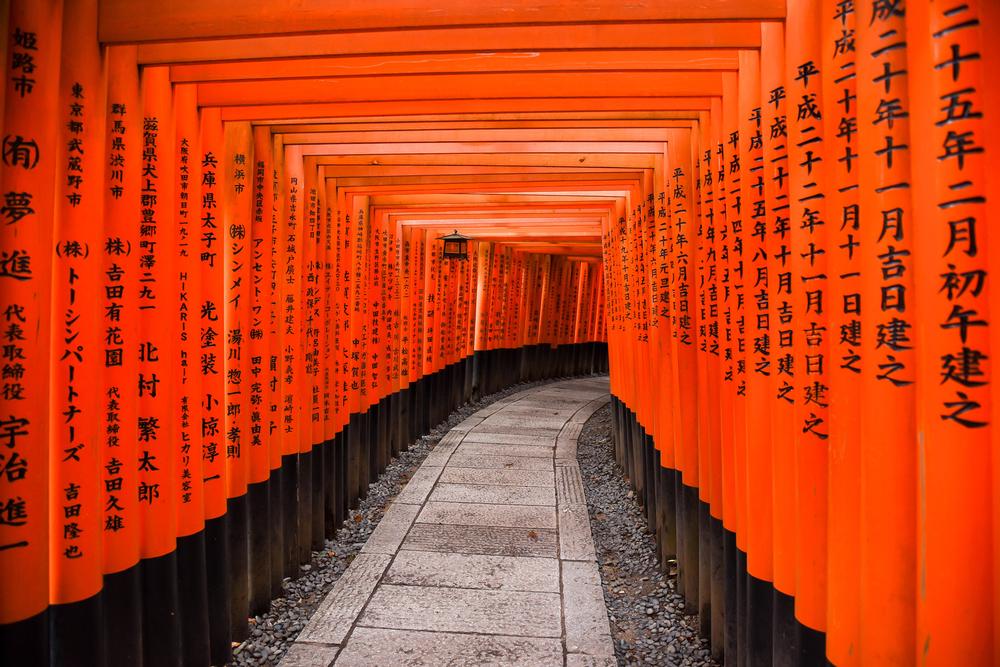
© Courtesy of zephyr_p - Fotolia.com
This iconic Shinto shrine is set in a sprawling complex on Mt. Inari. Built to honor the god of rice, the complex consists of multiple worship halls. The property’s paths are lined by traditional vermilion torii that are symbols of the transition from the physical world to the spiritual world. Kids will be entertained by counting the number of fox statues found on the grounds. The foxes, or kitsune, were thought to be Inari’s messengers. Special events are held at Fushimi Inari-taisha throughout the year, from festivals to purification rituals. The complex is open daily and admission is free.
Fushimi Inari-taisha, 68 Fukakusa Yabunouchicho, Fushimi-ku, Kyoto, Japan, Phone: +81-756-41-73-31
5. Explore Artistic Innovation at the Garden of Fine Arts
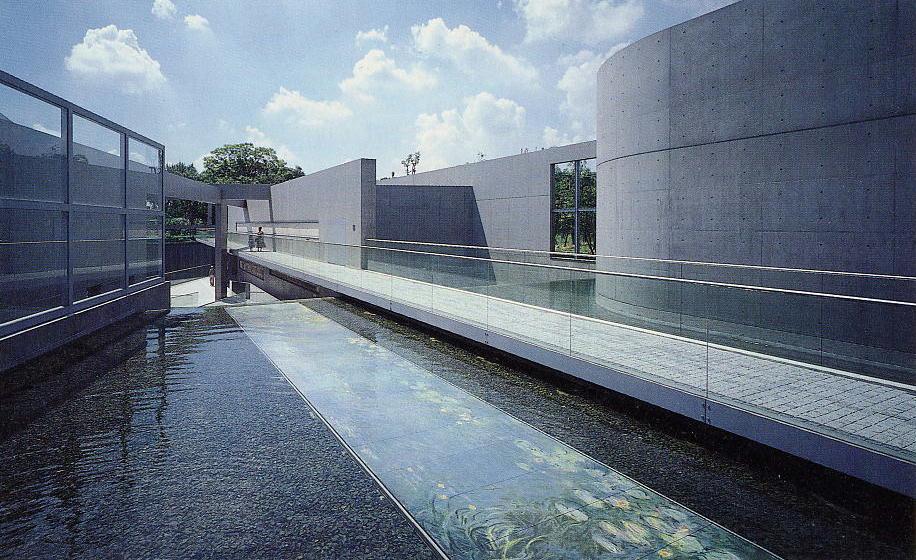
© Garden of Fine Arts
The Garden of Fine Arts
is an open-air art museum with a display of ceramic plates featuring reproductions of famous masterpieces. The reproductions include works by Michaelangelo, Monet, Da Vinci, Renoir, and Van Gogh. The architecture is even more impressive than the collection. Its concrete and glass construction is complemented by water features that reflect the contemporary building materials. Designed by internationally renowned architect, Tadao Ando, the museum was opened in 1994 and has been described as a modern interpretation of a traditional Japanese stroll garden. The facility is open from 9:00 a.m. to 5:00 p.m.
Shimogamo Hangicho, Sakyo Ward, Kyoto, Japan, Phone: +81-757-24-21-88
6. Find Tranquility Amid Wabi-Sabi Beauty at Ginkaku-ji (Silver Pavilion)
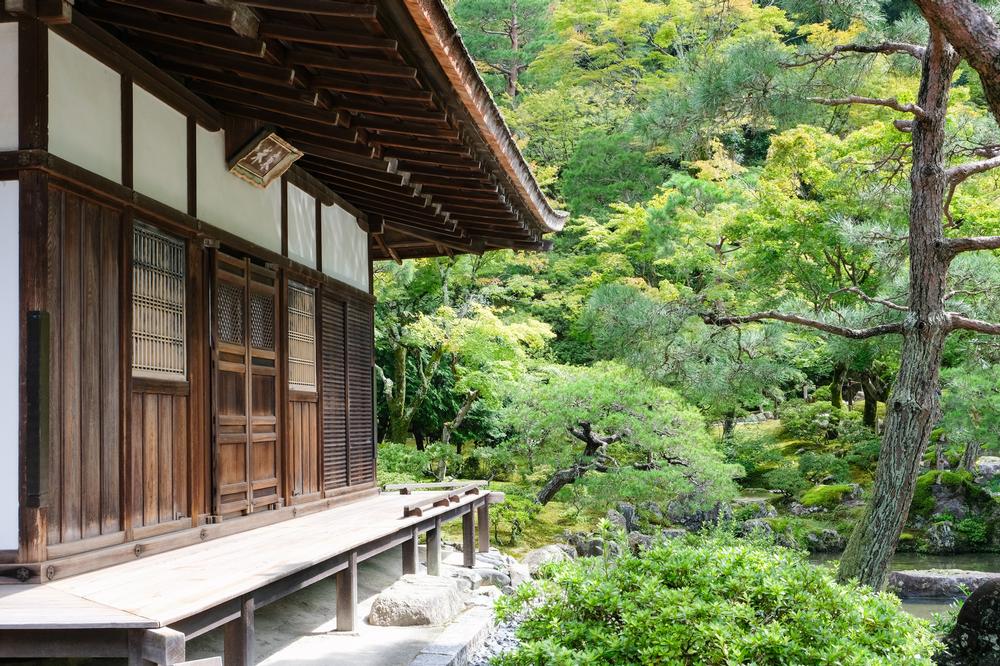
© Courtesy of fu-keita - Fotolia.com
A Zen temple, Ginkaku-ji (Temple of the Silver Pavilion) or Jisho-ji (Temple of Shining Mercy) as it was later named, was initially built as a retreat for the shogun Ashikaga Yoshimasha. Following a circular path through the grounds, visitors can see the two-storied pavilion, the Hondo and Togudo buildings, a beautifully landscaped moss garden, and a dry sand garden known as the “Sea of Silver Sand.” A sculpted pile of sand in the garden is thought to represent Mt. Fuji. The temple grounds are open daily with shortened hours during the months of December, January, and February.
2 Ginkakuji-cho Sakyo-ku, Kyoto, Japan, Phone: +81-757-71-57-25
7. Stroll Lantern-Lit Streets and Spot Geisha in Gion
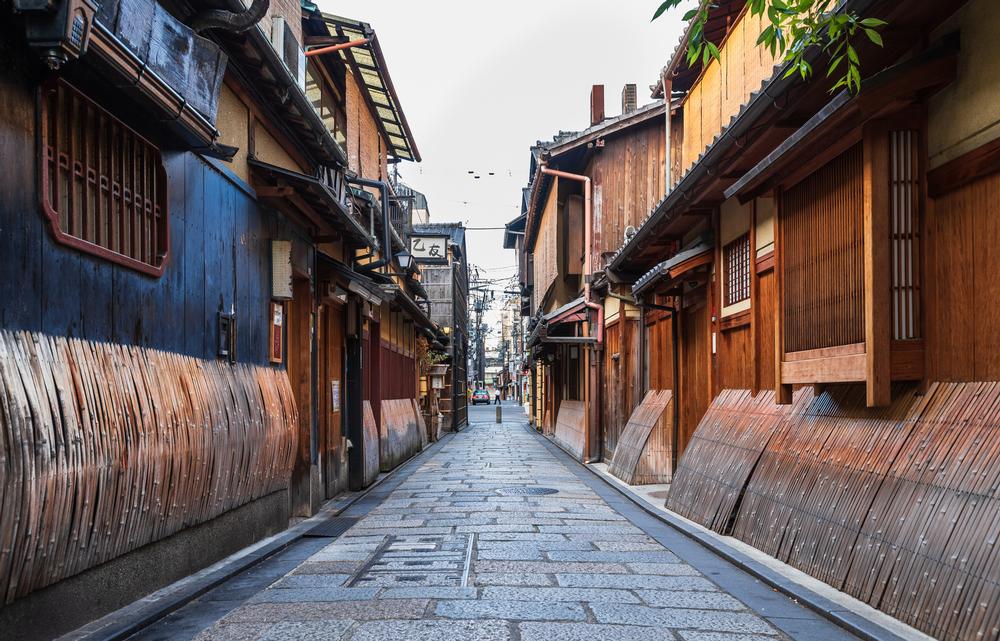
© Courtesy of oben901 - Fotolia.com
Kyoto’s most well-known geisha district is located in the heart of the city near the Yasaka Shrine, where costumed women entertain patrons in traditional Japanese teahouses. In addition to the teahouses, this district is packed with souvenir shops, high-end restaurants, bars and nightclubs, and gambling establishments, making it a popular tourist destination. Annual performances by the geiko (geisha) and maiko in April and November are well-attended by locals and tourists alike. The area is dotted with landmarks and historic sites from temples and shrines to the Minami-za theater, where viewers can still see classical kabuki shows.
Gion, 1 Miyagawasuji, Higashiyama-ku, Keihan Gion Shio Station, Kyoto, Japan, Phone: +81-752-57-73-21
8. Admire Imperial Grandeur at Heian Shrine
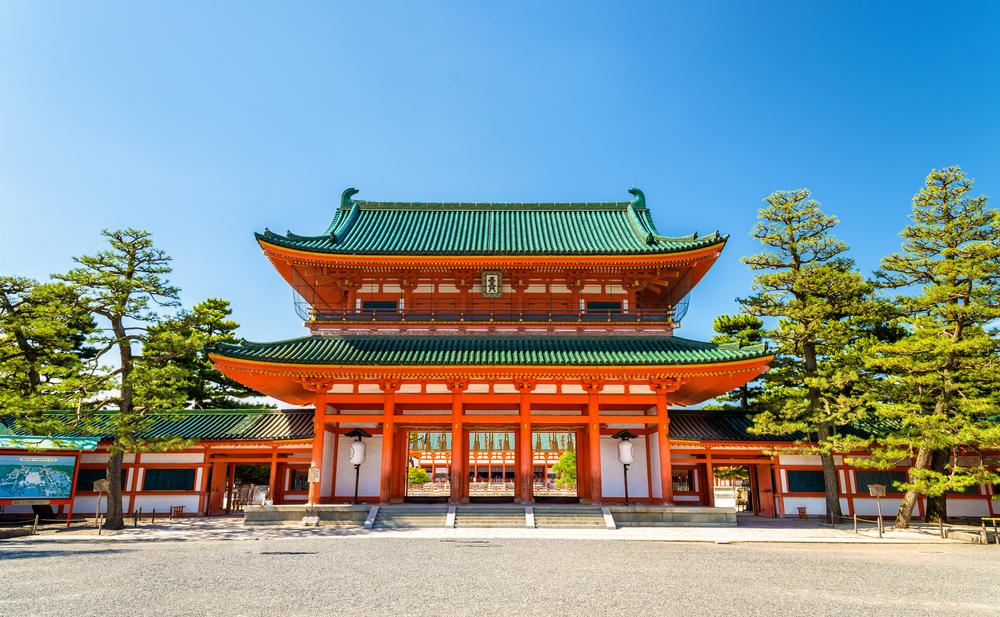
© Courtesy of Leonid Andronov - Fotolia.com
The
Heian Shrine was built after World War II as a symbol of Kyoto’s revival. In 1976, the shrine itself and nine other buildings were burned down, but were reconstructed three years later with donated funds. It is surrounded by the city’s public library, two art museums, a concert hall and performance venue, and the Kyoto Zoo. Every October, it hosts one of the city’s most important festivals, the Jidai Matsuri. Visitors are welcome to feed the fish and turtles that can be found in the ponds throughout the shrine’s gardens. Its bright red torii is one of the largest in Japan.
Okazaki Nishitennocho, Sakyo Ward, Kyoto, Phone: +81-757-61-02-21
If you are traveling with kids:
9. See the World in Fragments at the Kaleidoscope Museum of Kyoto
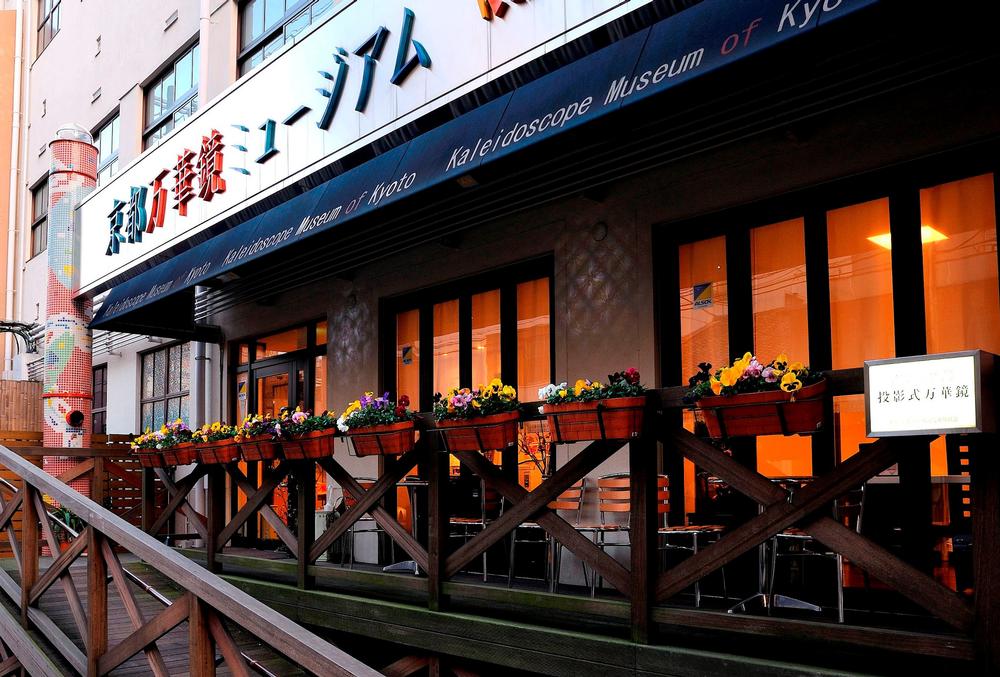
© Kaleidoscope Museum of Kyoto
This small, one-room museum displays fifty handcrafted kaleidoscopes from all over the world. Located in downtown Kyoto, the Kaleidoscope Museum of Kyoto is open Tuesdays through Sundays and all national holidays from 10 a.m. to 6 p.m. except two weeks between December 25 and January 4. For a small admission fee, adults and children can enjoy viewing the colorful patterns of kaleidoscopes made from objects like cellphones and musical instruments. They even have one that will refract the face of the the viewer onto hundreds of mirrored bits. Guests can make their own kaleidoscope at one of the museum’s workshops.
706-3 Dongeinmaecho Ayakoji, Nakagyo-ku, Kyoto, Japan, Phone: +81-752-54-79-02
10. Roam One of Japan's Most Celebrated Landscapes at Kenrokuen Garden
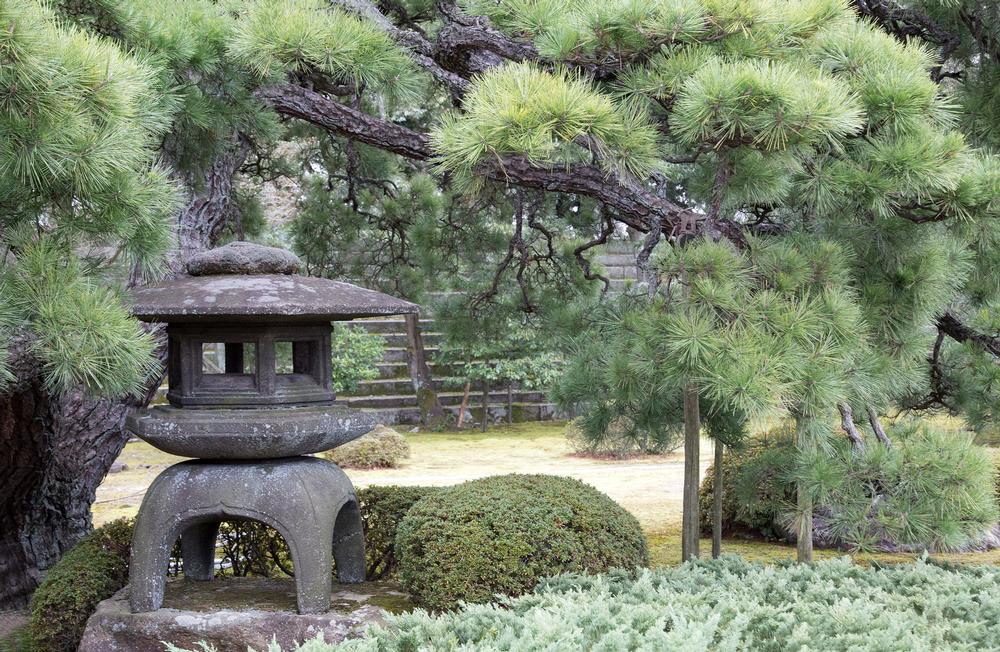
© Courtesy of Grant Tiffen - Fotolia.com
Kenrokuen Garden, or the “Garden of the Six Sublimities,” embodies each of the six qualities that Chinese landscape theory considers essential for perfect garden design. Guests can see these qualities in the garden’s bridges, water features, scenic outlooks, hidden recesses, natural elements, and historic buildings. Originally the outer garden of Kanazawa Castle, Kenrokuen has several notable features including the Kotojirtoro Lantern and one of Japan’s oldest fountains that operates using natural water pressure. For a small admission fee, guests can visit the garden during daylight hours year-round with the exception of a brief period from December 29 to January 3.
1 Kenrokumachi, Kanazawa, Ishikawa Prefecture, Japan, Phone: +81-762-34-38-00
Must-see if you are a first-time visitor:
- Arashiyama Bamboo Grove – Walk through towering bamboo and visit nearby temples and monkey park.
- Gion District – Spot geisha, sip matcha, and explore historic teahouses along cobbled streets.
- Kiyomizu-dera – Panoramic temple with sweeping city views and cherry blossoms in spring.
Where I Like to Eat
- Nishiki Market – Try everything from yuba (tofu skin) to fresh mochi at this lively “Kyoto Kitchen.”
- Kyoto Gogyo – Famous for its black “burnt miso” ramen with bold, smoky flavors.
- Hyotei – Michelin-starred restaurant offering refined Kyoto-style kaiseki in a tranquil setting near Nanzen-ji Temple.
My favorite local events:
- Gion Matsuri (July) – One of Japan’s most famous festivals, with elaborate floats, parades, and traditional dress.
- Hanami (Cherry Blossom Viewing) (Late March–Early April) – Join locals in parks like Maruyama for food, drinks, and blossoms.
- Aoi Matsuri (May) – Elegant procession with Heian-period costumes traveling from the Imperial Palace to Kamo Shrines.
My favorite day trips within 30 Minutes of Kyoto, Japan:
- Uji (20 min) – Visit the Byodo-in Temple and enjoy world-famous green tea experiences.
- Osaka (30 min) – Explore street food in Dotonbori, Osaka Castle, and vibrant nightlife.
- Nara (30 min) – See the giant Buddha at Todai-ji and interact with friendly deer in Nara Park.
- Ohara (30 min) – Peaceful mountain village with serene temples like Sanzen-in and traditional ryokan stays.
- Kibune and Kurama (30 min) – Scenic mountain villages with hot springs and riverside dining in summer.
Plan Your Trip


